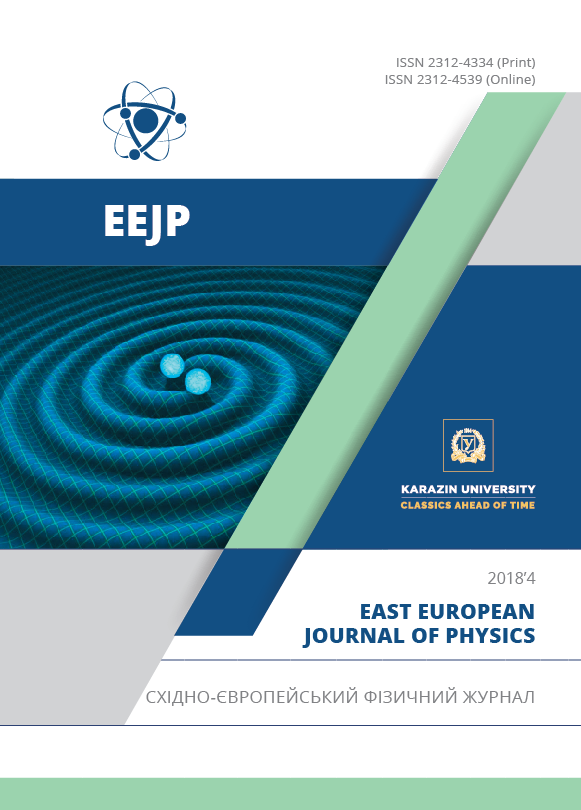Computational Modeling of SAR and Heat Distribution in Lossy Medium at GSM Frequencies
Abstract
In recent years, institution has increased imposition of electromagnetic radiation in many applications. This radiation react with the human tissue and may lead to harmful and injurious effects on human health. However a finite difference thermal model of lossy medium as (spinal cord of human body) has been developed to calculate temperature rises generated in the spinal cord by radiation from cellular telephones with different frequencies. The natural metabolic heat production and the power density absorbed from the electromagnetic field have been evaluated. The specific absorption rate (SAR) was derived from a finite difference time domain model (FDTD) of the spinal cord. This is a numerical analysis is technique used for modeling computational electrodynamics. Aside from the specific absorption rate, through the exposure of radiation is an extremely important parameter while assessing the effects on spinal cord tissue. The heat distribution was calculated using the bioheat equation coupled with Maxwell's equation. A one dimensional finite difference time domain method has been used, some simulations for electromagnetic wave through the spinal cord tissue is made using software program. Also for the simulation, the dielectric properties supposed medium are directly taken by numerical program. Results show that electromagnetic fields penetrate the life tissues and attenuate fast to reach zero at large time steps. Specific absorption rate show maximum at the first boundary of tissue and becomes less value by using high frequency. The absorbent power and specific absorption rate show maximum at the interface of tissue, and the technique developed may be used to estimate temperature rises associated with specific absorption rate (SARs) for different types of radiation. Also, the results note that low-frequency waves have significantly affected the biological tissue.
Downloads
References
M.J.M. Agustiño, J.M. Leiro, M.T.J. Mora, J.A. Rodriguez-Gonzalez, F.J.J. Barreiro, F.J. Ares-Pena and E. López-Martín, Biology open. 9, 831-838 (2012).
P.J. Dimbylow and S.M. Mann, Phys. in Medicine & Biology. 10, 1537 (1994).
M. Martinez-Burdalo, A. Martín, M. Anguiano and R. Villar, Phys. in Medicine & Biology. 45, 345 (2004).
R. Huber, J. Schuderer, T. Graf, K. Jütz, A.A. Borbély, N. Kuster and P. Achermann, Bioelectromagnetics. 24, 262 (2003).
Kh. Elwasife, Int. J. of Pure & Applied Sciences & Technology. 10, 44 (2012).
Kh. Elwasife, Rom. J. Biophys. 28, 1 (2018).
Authors who publish with this journal agree to the following terms:
- Authors retain copyright and grant the journal right of first publication with the work simultaneously licensed under a Creative Commons Attribution License that allows others to share the work with an acknowledgment of the work's authorship and initial publication in this journal.
- Authors are able to enter into separate, additional contractual arrangements for the non-exclusive distribution of the journal's published version of the work (e.g., post it to an institutional repository or publish it in a book), with an acknowledgment of its initial publication in this journal.
- Authors are permitted and encouraged to post their work online (e.g., in institutional repositories or on their website) prior to and during the submission process, as it can lead to productive exchanges, as well as earlier and greater citation of published work (See The Effect of Open Access).








